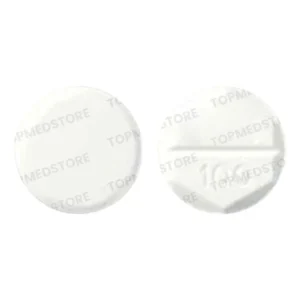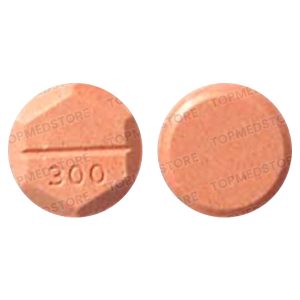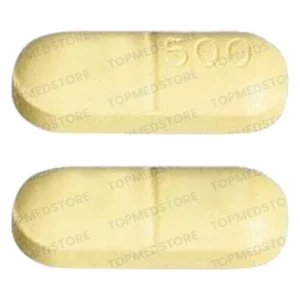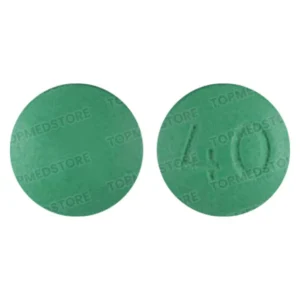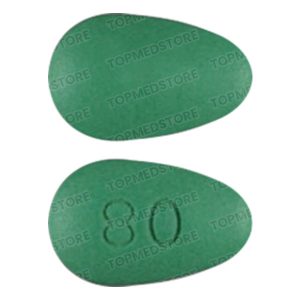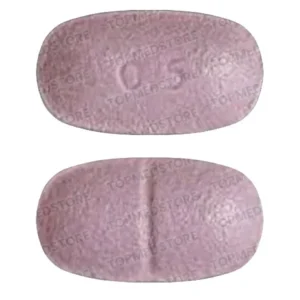Showing all 4 results
About Gout
The trusted data showed that The Gout occurs in 4% Americans i.e. about 6 million men and 4 million women. In the past two decades, Gout becomes common in the U.S. The study also revealed that cases of Gout in the U.S have been doubled since the 1960s. National Health and Nutrition Examination Survey published data of the survey in 2007-08, said that the frequency of Gout is higher than 1% and that of elevated uric acid is 3% compared to 1988 – 1994. Gout is a common and complex form of inflammatory form of arthritis. It develops in people with a high level of uric acid in the blood. It forms needle-like crystals and causes severe pain in and around joints. There are four stages in Gout such as asymptomatic hyperuricemia, acute gout, or a gout attack, interval gout, and chronic gout.
- Asymptomatic hyperuricemia: First Gout attack. Crystals are forming in the joints and show no symptoms.
- Acute gout: The pain is intensifying gradually and attack can occur usually at night and can stay for the next 12 hours.
- Interval gout: Usually, no pain at this stage, low inflammation can damage joints at this stage.
- Chronic gout: High uric acid level for many years, severe and consistent pain in joints.
Causes of Gout
Gout occurs suddenly and in the form of a painful swollen big toe or lower body joint. But, actually, it is the end result of a process that taking place in the body for a while.
The main cause of gout is different from triggers that cause a gout attack. Gout occurs due to excess uric acid in the body, which is a condition known as hyperuricemia.
When purines break down into the body, it forms uric acid. Uric acid is transported to the kidney through the blood and eliminated in the urine. But in some case, people either overproduce uric acid or they produce a normal amount, but their kidneys cannot functions efficiently and an excess of uric acid remains in the body. Due to the excess of uric acid, Gout might be developed in some cases.
Others factors in your lifestyle can trigger Gout formation such as excessive alcohol consumption, obesity, and consumption of high purine food.
Diagnosis of Gout
To diagnose Gout, the doctor will ask you about your medical history, examine your affected joints, and ask you to perform certain tests as mentioned below:
- Joint Fluid Test: In this test, Urate crystals may be visible when the fluid is examined under a microscope
- Blood Test: To measure the levels of uric acid and creatinine in your blood
- X-ray Imaging: To rule out other causes of joint inflammation
- Ultrasound: Musculoskeletal ultrasound use to detect urate crystals in a joint or in a tophus
- Dual-energy CT scan: To detect the presence of urate crystals in a joint, even when it is not acutely inflamed
Symptoms of Gout
A very first symptom of Gout is severe pain and swelling in the big toe and if it left untreated, it can affect many joints. Eventually, if you do not treat Gout, it develops ‘Tophi’, which is painless but disfiguring lumps of crystals developed from uric acid under the skin around joints. Also, those crystals can develop into kidney stones. It is associated with some other health issues like high blood pressure, heart disease, chronic renal failure, and diabetes.
The symptoms of gout usually occur suddenly and mostly at night. There are some symptoms mentioned below:
- Strong Joint Pain: Gout usually affects joints in your body. It usually occurs at large joint of your big toe. Also, commonly affects at joints include the ankles, knees, elbows, wrists, and fingers. The pain can be increased to severe in four to twelve hours.
- Lingering Discomfort: When severe pain weakens, you might experience joint discomfort for a few days or a few weeks.
- Inflammation and Redness: your joints may swell, tender, warm and red after affecting by the Gout.
- Limited range of motion: Usually, when you Gout progresses, you cannot move or your joints cannot perform normally.
Treatment for Gout
Allopurinol IP is the main active component used in the medication Zyloprim, which is intended to treat condition of Gout. Sebela Pharma is the trusted pharmaceutical company that manufactures this drug. It inhibits xanthine oxidase, an enzyme that converts oxypurines to uric acid. This medicine blocks the production of uric acid; this agent reduces serum and urine concentrations of uric acid. It provides protection against uric acid-mediated end-organ damage in conditions associated with excessive production of uric acid.
Takeda Pharmaceutical is one of the fastest growing pharmaceutical company, which has been manufacturing Colcrys drug. Colchicine is the main active component used in this medicine that decreases the swelling and minimizes the buildup of uric acid crystals that cause pain in the affected joints. It also prevents attacks of pain in the abdomen, chest, or joints mainly caused by an inherited disease like a familial Mediterranean fever. This decreases the body’s production of a certain protein. These proteins build up in people with familial Mediterranean fever.
Febuxostat is the main active ingredient composed in the medication that effective treats this condition. Takeda Pharmaceutical company manufactures Uloric medication. It is used to lower the uric acid levels by blocking xanthine oxidase. It is an enzyme that helps the body produce uric acid from the substance xanthine.
Watson Pharmaceutical is the leading pharmaceutical company that has been manufacturing effective medicine to treat the given condition. Probenecid is the main active component used in the medication Benemid. This medication belongs to a class of drugs called uricosurics that lowers high levels of uric acid in the body by helping the kidneys to get rid of uric acid. Decreasing uric acid levels may also help the kidneys. It reduces the kidneys’ ability to remove the antibiotic from the body. This drug should not be used in children younger than 2 years.

